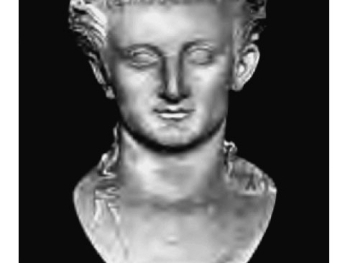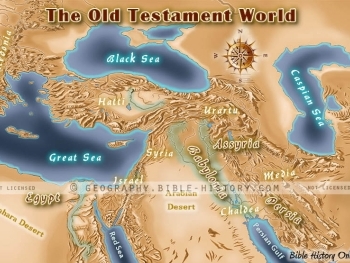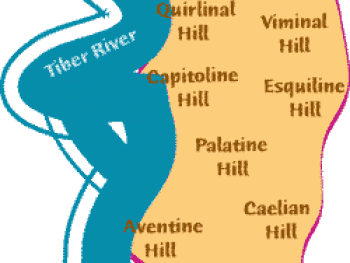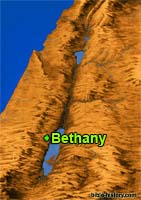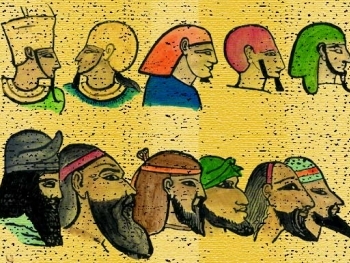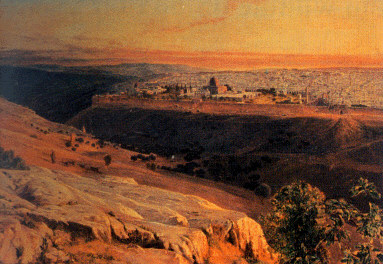
The main sources available estimate that the population of those living in Jerusalem during the time of Jesus was probably around 80,000 to 100,000 citizens. But during the Passover hundreds of thousands of Jews from the Diaspora would pour into Jerusalem and the estimated number was around 3 million people, both Jews and Gentiles, who visited Jerusalem for the Passover when the Lamb of God was lifted on a Roman cross.
According to Josephus, Hecataeus of Abdera wrote in the 4th century BC that Jerusalem “is inhabited by 120,000 men.” Josephus also said that there were 2,700,000 people within the walls of Jerusalem when the Romans, under Titus, besieged it in 70 AD. Tacitus recorded Jerusalem at 600,000 men women and children. The country of Israel as a whole contained around 3 to 4 million inhabitants.
Source:
The Population of Jerusalem at Passover During the Time of Jesus

